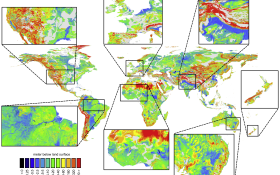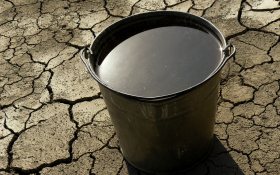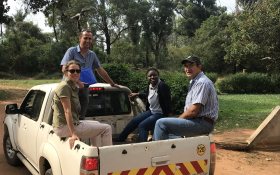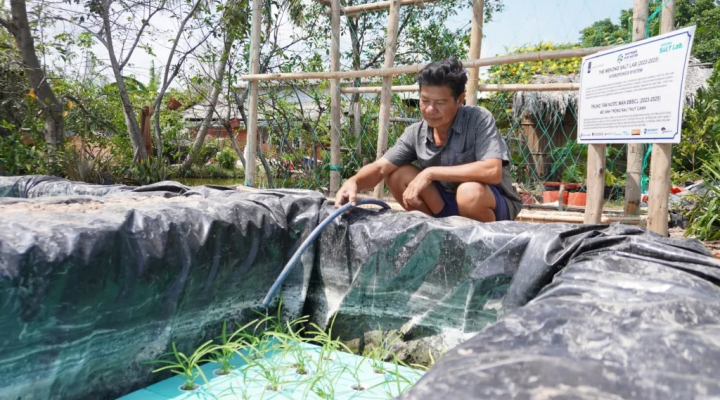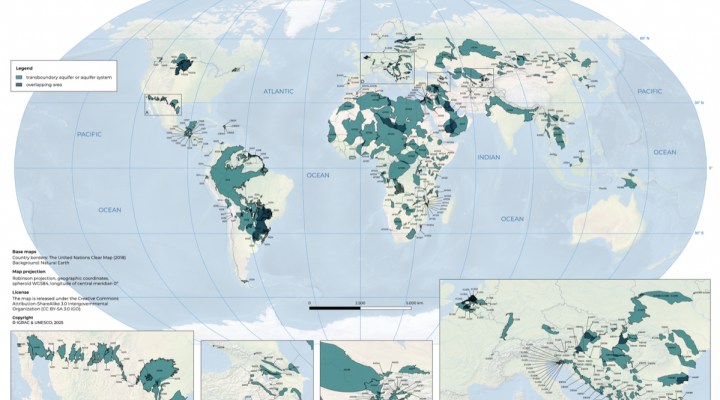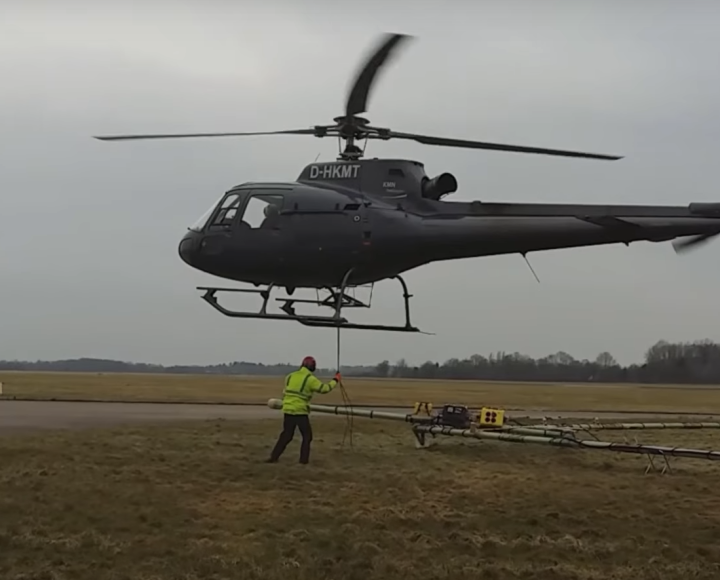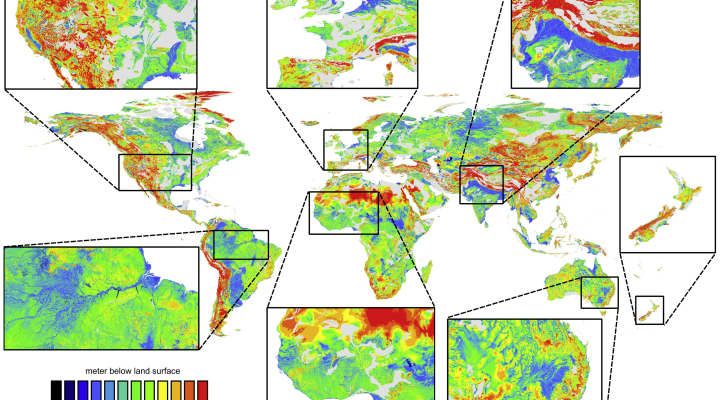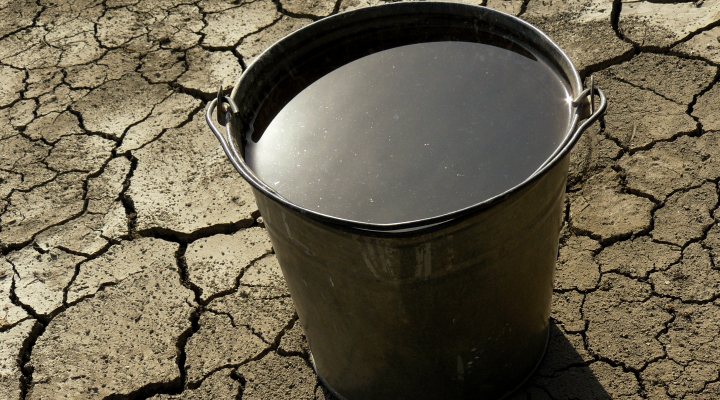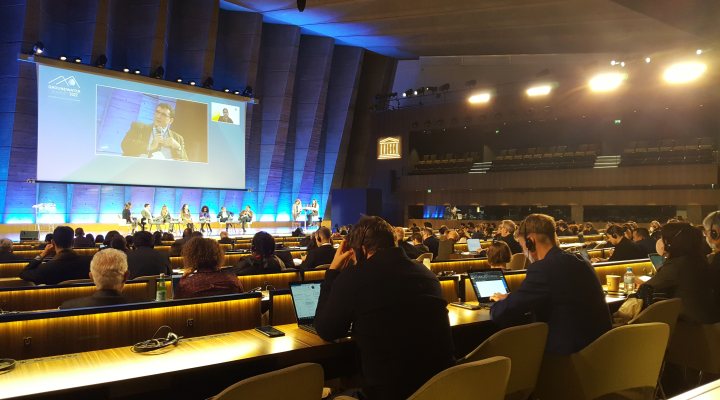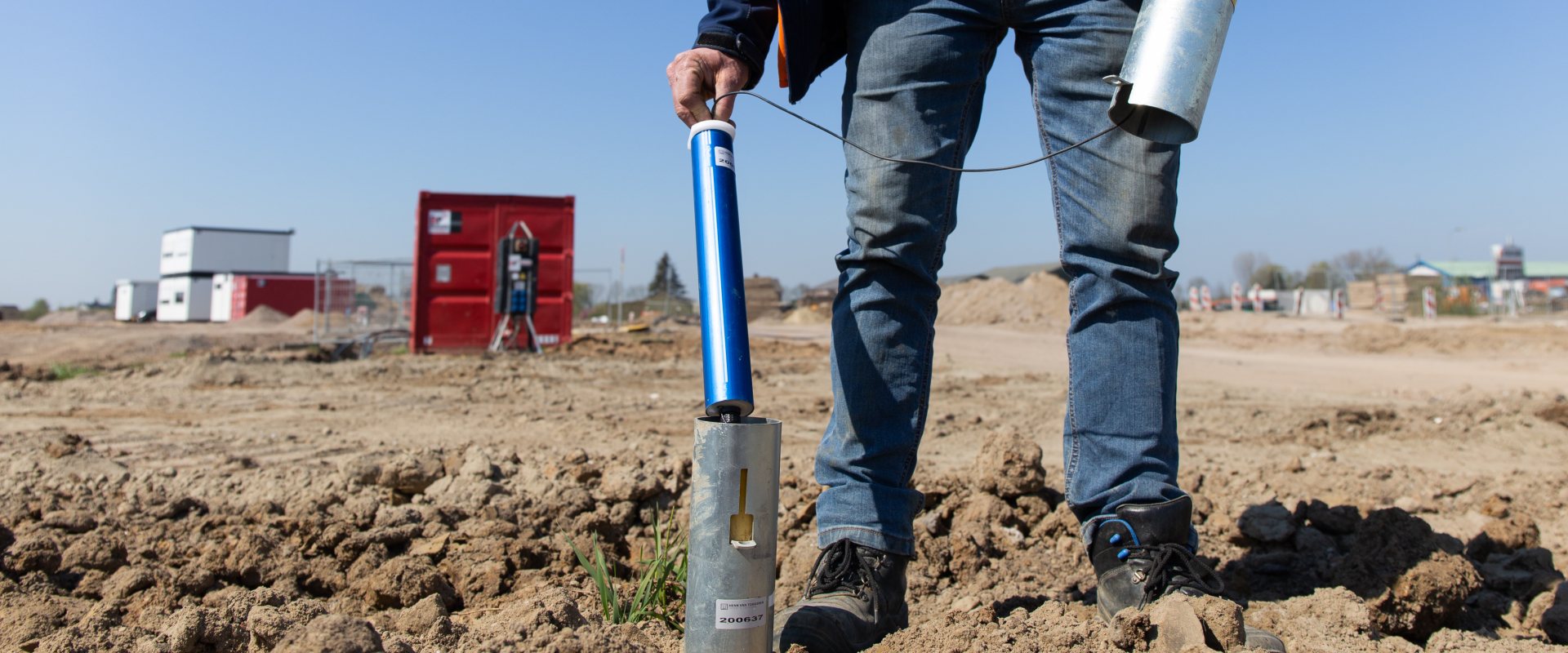
Global overview of national groundwater monitoring
International Groundwater Resources Assessment Centre (IGRAC) published the first edition of a global overview of quantitative groundwater monitoring networks at national scale. The overview provides details of groundwater monitoring programmes in 81 countries. IGRAC hopes the overview will encourage more monitoring, data processing and interpretation.
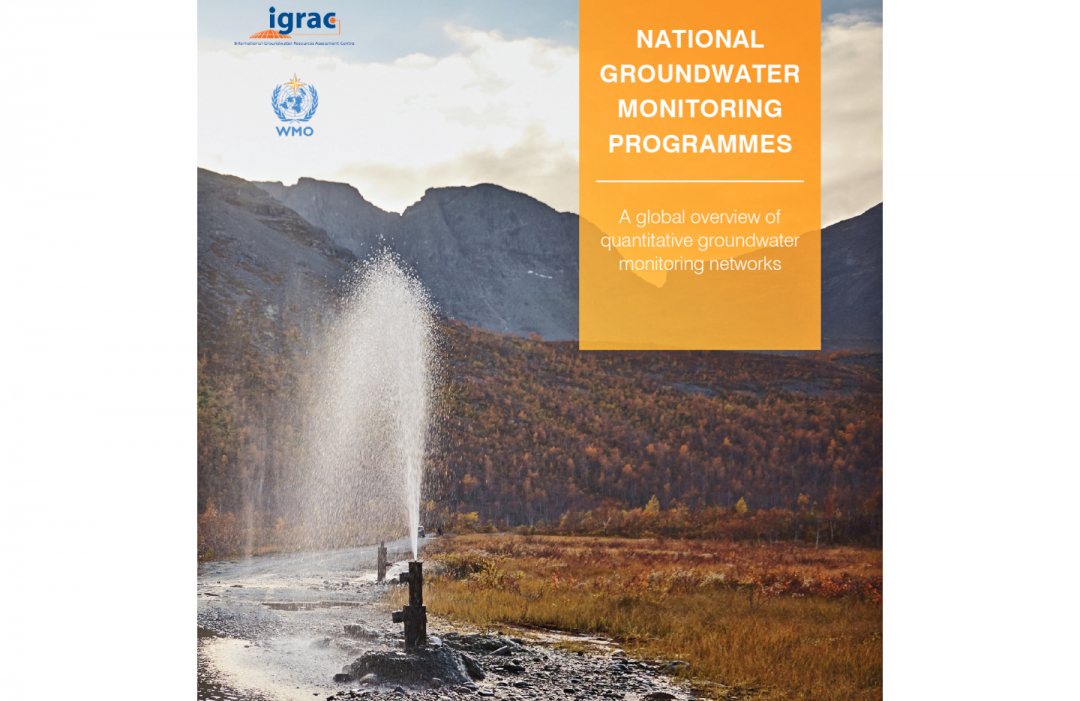

Abundant and critical
Groundwater is the most abundant freshwater resource on the planet: it provides almost half of all drinking water worldwide, about 40 percent of water for irrigated agriculture and about one third of water required for industry.
Groundwater is also a critical storage element for climate change adaptation. Managed wisely, land subsidence and seawater intrusion can be prevented. However, aquifers are invisible and are often insufficiently understood and poorly managed.
IGRAC’s first overview of national monitoring programmes aims to stimulate better management by collecting and analysing more data.
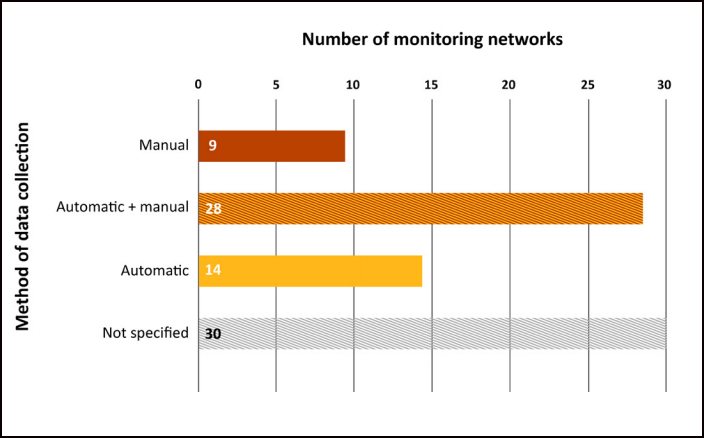

Centralised versus regional monitoring
The overview by IGRAC shows that groundwater monitoring is centralised in most countries. In other countries, regional authorities have their own programmes and the collected data is not necessarily reported to the central government. For example in Germany, where each federal state is responsible for collection, processing and dissemination of data. Another example is Bolivia where there is no national groundwater monitoring programme, only several local networks are in place.
The overview also shows that in some cases the monitoring started as a project that has not always been continued. In several cases a regional/local network was established as part of a funded project supported by an external party such as an international development bank. This has been the case in Afghanistan and El Salvador. However, in some cases, the monitoring stopped after a project ends, for example at Mali’s groundwater monitoring network.
Big difference in frequency
Also shown by the overview, is the big difference in frequency of monitoring. Countries reported frequencies of every 15 minutes, hourly, daily, weekly, monthly, and several times yearly, or a combination of different frequencies. More frequent monitoring (daily or more) are associated with the use of automatic networks.
Automatic monitoring is used in at least 42 countries, from which 28 in combination with manual monitoring. For 30 countries the monitoring method was not reported.
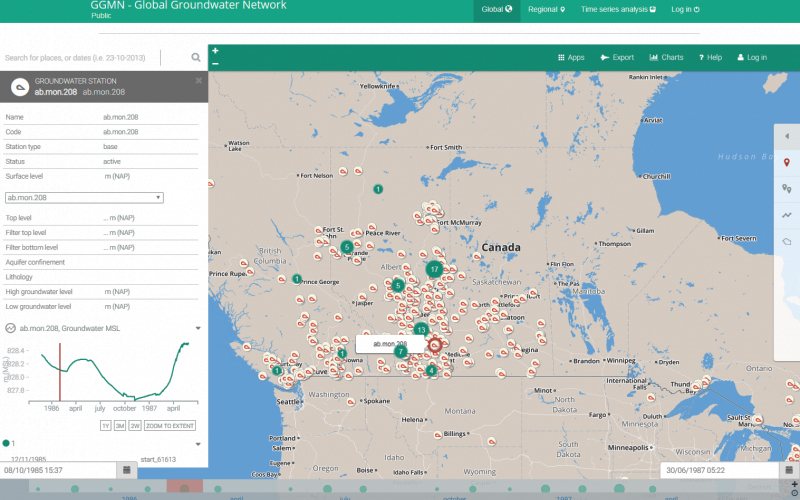

Expert network
Already in 2004, IGRAC identified the global need for monitoring groundwater, data processing and related guidelines. Several initiatives by the centre led to the launch of the Global Groundwater Monitoring Network (GGMN) programme in 2012.
The programme gathered ground water experts in 50 countries with the GGMN portal for storage, processing and dissemination of groundwater data worldwide. The collected data has been used to produce an overview of 81 national monitoring programmes.




